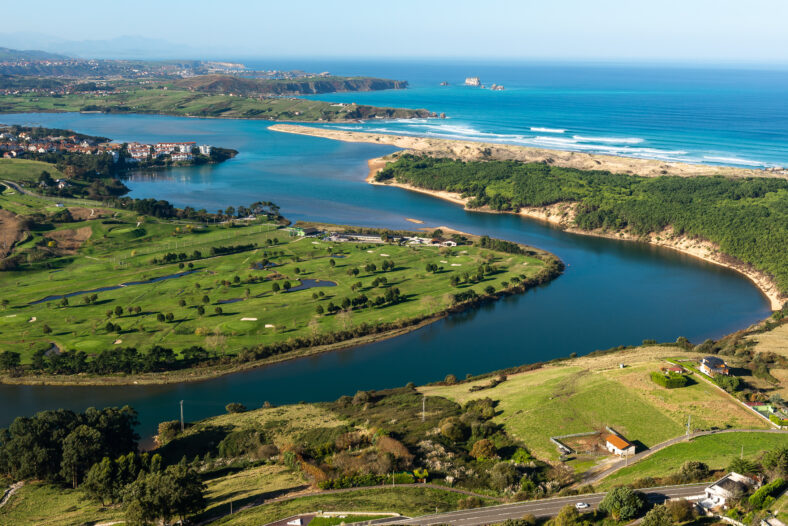Estuaries Are Turning Saltier Amid Climate Change

Around the world, estuaries are expected to become saltier in the coming decades. Estuaries are the zones where the rivers meet the sea. These bodies of water transition between fresh and salt water. However, climate change is causing saltwater to take over.
Saltwater intrusion, which is when seawater pushes inland into rivers, is on the rise. Researchers from Utrecht University’s Institute for Marine and Atmospheric Research analyzed 18 estuaries across the globe and found that the salt front is moving further upstream in 89 percent of cases.
This is mostly due to sea level rise and reduced river discharge, particularly in the summer months. Over the next few decades, regions experiencing drought and low river flows are projected to become saltier.
Long ago, even as far back as the 10th century, Dutch farmers were pumping out water to make the soggy land fit for agriculture.
As the land began to recede, they built walls to keep the sea out and preserve freshwater. But now, conditions are seeing some shifts.
“During dry periods, when rivers carry less water, saltwater can push much farther inland,” said Huib de Swart, a physical oceanographer.
The issue will affect coastal regions all over the world and will only become worse with climate change. In a new study, the researchers examined changes in saltwater intrusion in 18 river systems worldwide. They used climate simulations to project future river discharges and sea level rise until the end of this century.
Decreasing river discharge is the biggest climate-related risk to freshwater availability. By the end of this century, the impact of rising sea levels on saltwater intrusion could be about twice as great as that of reduced river flow. The chances of extreme saltwater intrusion events happening may increase by up to 25 percent.
In the Netherlands, saltwater is expected to reach further upstream in Dutch rivers. Meanwhile, more saline groundwater may seep underneath barriers, resulting in saltier soils.

Sign up for Chip Chick’s newsletter and get stories like this delivered to your inbox.
This could have major consequences for agriculture and ecosystems. Some crops and forest areas will struggle to survive under saltier conditions.
“Right now, saltwater can reach up to [~22 miles] inland during extreme events. Once every 10 years, it may push up to [~25 miles]. But our model projections show that this could become much more common—potentially every year,” said de Swart. “In a hundred years, the average saltwater intrusion may extend [6.21 to 9.32] miles further inland than it does today.”
Taking the proper measures to adapt to the changes will be necessary. For example, drinking water systems can be managed better by storing water during the wet season and reusing rainwater to flush toilets or irrigate gardens. Crops may need to become more tolerant to salt.
The research was published in Nature Communications.
More About:News